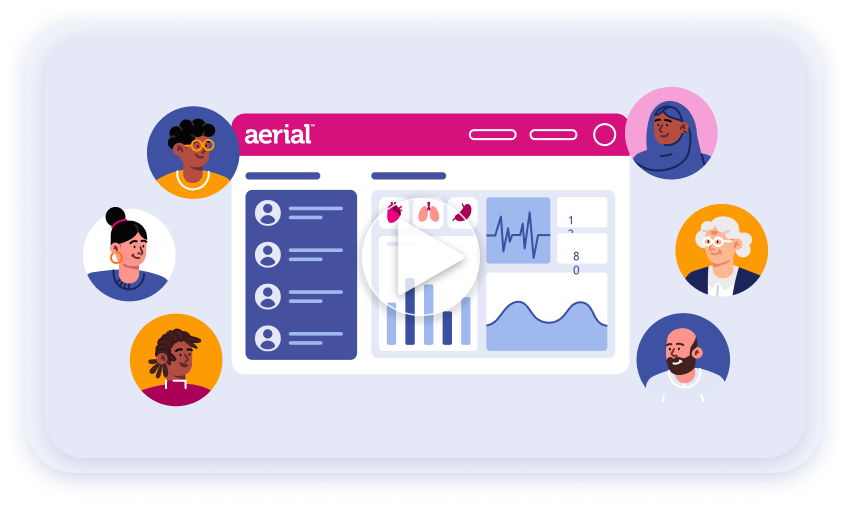
Enabling health plans, providers, and consumers with data-based insights for continuous engagement and improved digital care management.

The most scalable, extensible, and configurable Digital Care Management Platform on the market.
Healthcare is fragmented, expensive and difficult to manage.
Consumer-Centric
- Connect healthcare ecosystems
- Personalize and orchestrate care for all consumers
- Use integrated data intelligence from across the care community
High-Tech, High Touch
- Ensure care experiences are personalized and proactive
- Offer omnichannel engagements
- Meet quality metrics and value-based goals
Data-Driven
- Increase operational efficiency and improve turnaround times
- Proactively manage gaps in care and increase satisfaction for both providers and consumers
- Manage network leakage through preferred provider set-up
Smarter
- Automate tasks to reduce costs
- Improve throughput and turnaround times
- Increase your competitive edge
Medecision supports the health of consumers
and your business
Health Plans
Medecision helps health plans efficiently manage at-risk populations to optimize revenue and improve outcomes.
Health Systems
Achieve better outcomes and reduce risk by collaborating across the care continuum to improve care transitions, close gaps, and prevent unnecessary hospital usage.
Third-Party Administrators
Meet value-based care initiatives and the diverse needs of members across employee groups and health plans.
Government
With Medecision, government agencies and plans can lower costs and efficiently manage more beneficiaries.


